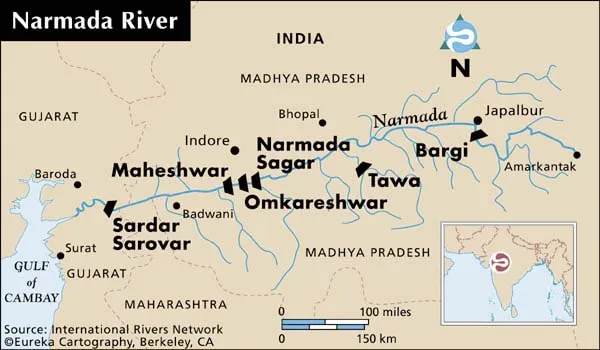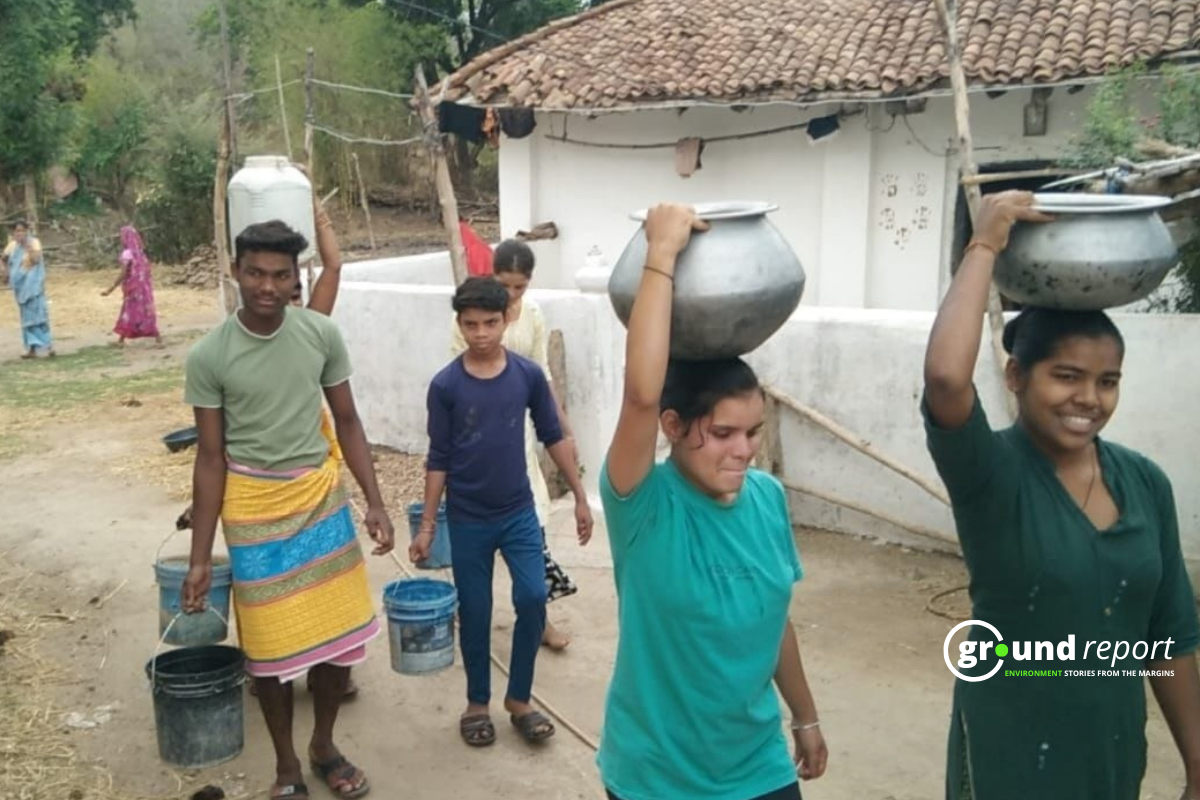The Narmada Valley Development Project is a multi-purpose river valley development project in India, aimed at creating a network of dams, canals, and reservoirs in the Narmada River basin. However, the project has been the subject of controversy for decades due to its potential social and environmental impacts.

Background and History of the Project
The Narmada Valley Development Project was first proposed in the 1940s to harness the hydroelectric potential of the Narmada River. In 1961, the Central Water Commission prepared a plan for the project. In 1971, the project was revised. The project aims to generate electricity, provide irrigation, and supply water for domestic and industrial purposes for the state of Madhya Pradesh, Gujarat, Rajasthan and Maharashtra.
Controversies and Concerns
The project has been the subject of controversy for decades due to its potential social and environmental impacts. The following are the major controversies and concerns associated with the Narmada Valley Development Project:
- Displacement of People: The project involves the construction of large dams and reservoirs, which will lead to the displacement of thousands of people from their homes and land. Many of these people belong to indigenous communities and have lived in the area for generations.
- Environmental Impacts: The project will have significant environmental impacts, including the loss of forests and wildlife habitats. The construction of dams and reservoirs will also disrupt the natural flow of the river and affect fish populations.
- Cultural Heritage: The project will also affect the cultural heritage of the people living in the area, including the destruction of historical and archaeological sites.
- Human Rights Violations: The displacement of people from their homes and land without adequate compensation or resettlement violates their human rights.
- Economic Viability: The project has also been criticized for its economic viability, with some experts arguing that the costs of the project outweigh its benefits.

Protests and Opposition to the Project
The Narmada Valley Development Project has faced significant opposition from environmentalists, human rights activists, and local communities. The following are some of the major protests and opposition to the project:
- Narmada Bachao Andolan: The Narmada Bachao Andolan (Save Narmada Movement) is a social movement led by environmentalist Medha Patkar to protest the construction of large dams on the Narmada River. The movement has gained international attention and has been supported by many prominent activists, including Arundhati Roy.
- Court Cases: The project has also been the subject of several court cases, with many legal challenges raised against it. In 2000, the Supreme Court of India ruled that construction on the dam could proceed but with certain conditions.
- International Opposition: The project has also faced international opposition, with many international organizations and activists criticizing its social and environmental impacts.
Conclusion
The Narmada Valley Development Project has been a never-ending controversy for decades, with concerns over its social and environmental impacts. While the project aims to provide economic development and infrastructure, its potential negative impacts on indigenous communities, the environment, and cultural heritage cannot be ignored. Hence, the government must address these concerns. Furthermore, ensure that the project is implemented in a sustainable and socially responsible manner.
Keep reading
- 150 homes to submerge: Bothi village opposes the Morand-Ganjal dam project
- Why are tribals against Basania Dam on Narmada in MP?
- #Explained: Pancheshwar Multipurpose Project
- Kishau Dam will displace people from Uttarakhand and Himachal
- How dam water mis-management causes floods in riverside areas?
- Revival of Bodhghat hydropower irritation project, and its subsequent problems
Follow Ground Report for Climate Change and Under-Reported issues in India. Connect with us on Facebook, Twitter, Koo App, Instagram, Whatsapp and YouTube. Write us on GReport2018@gmail.com








